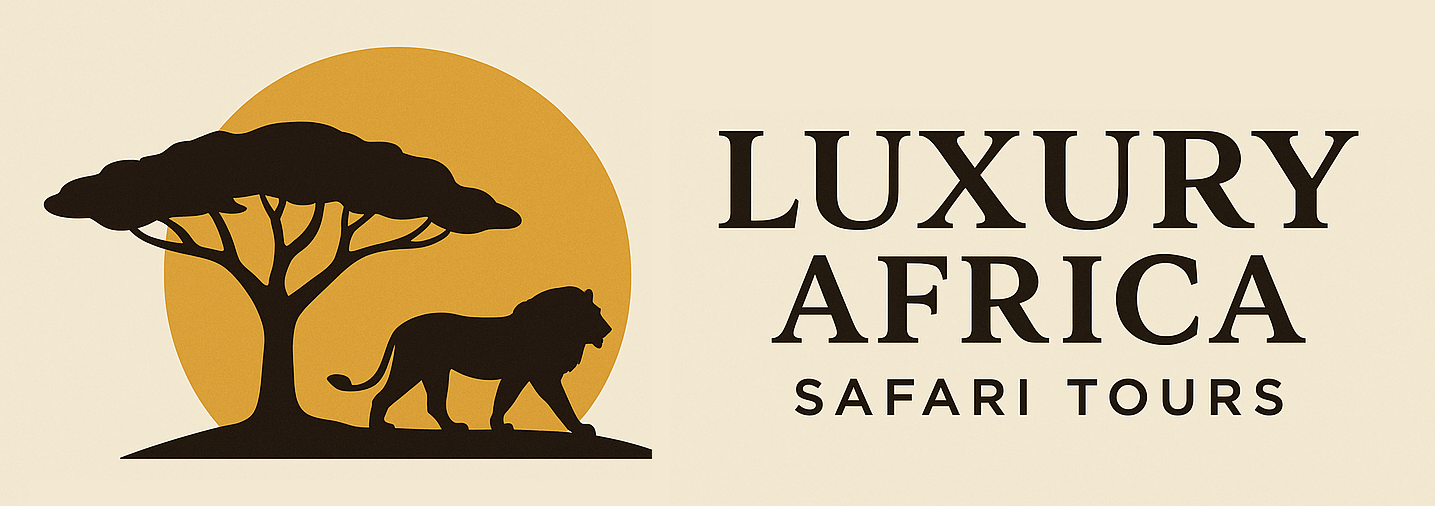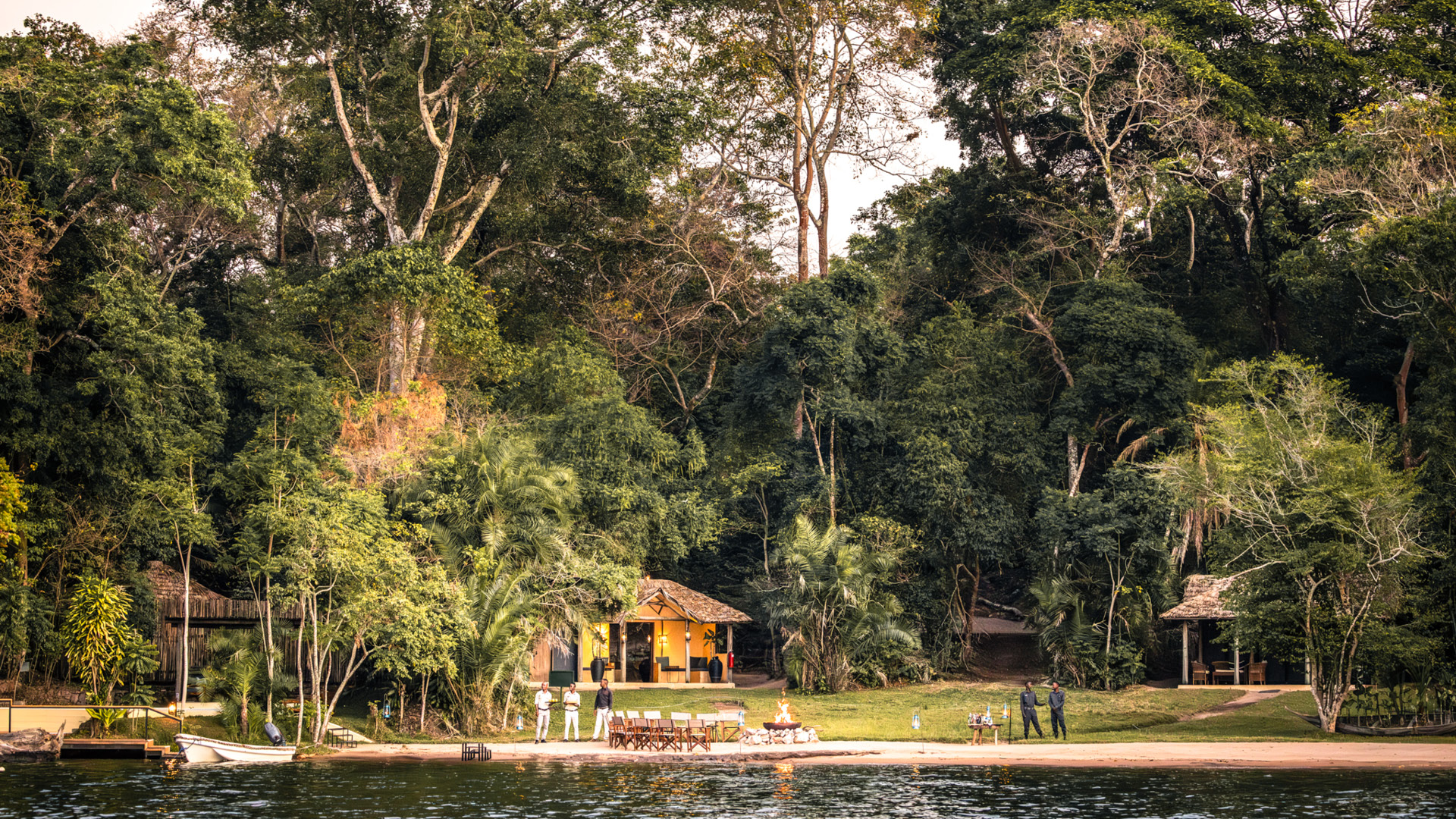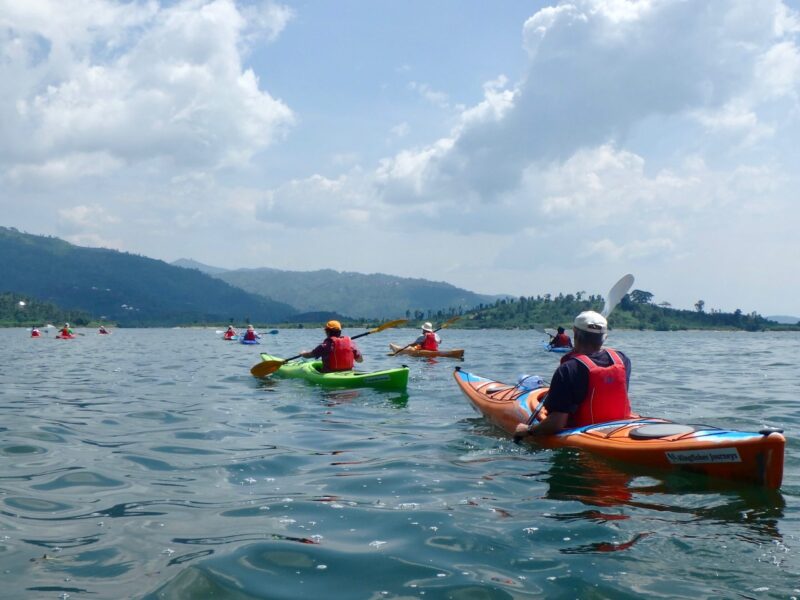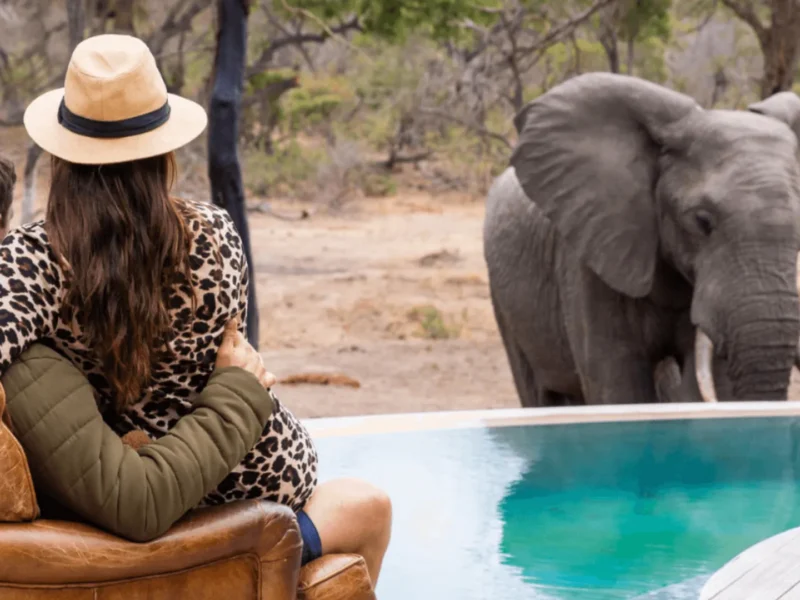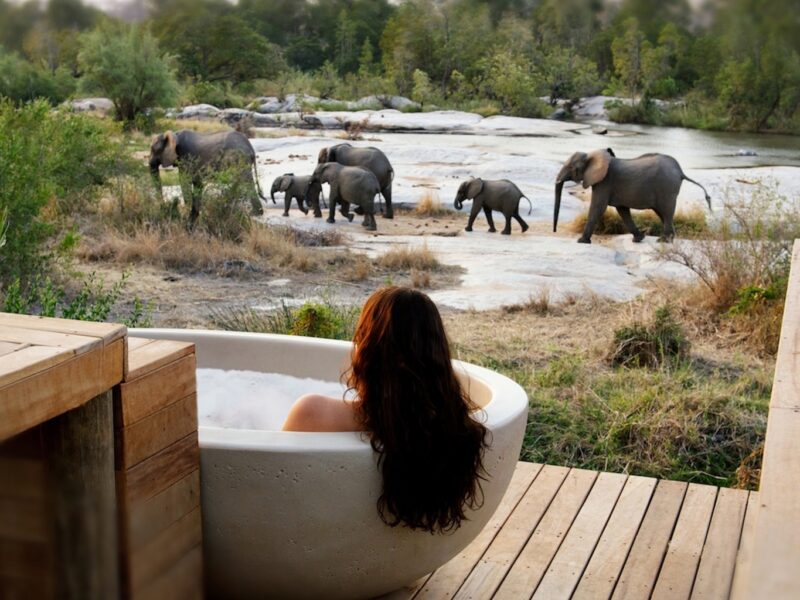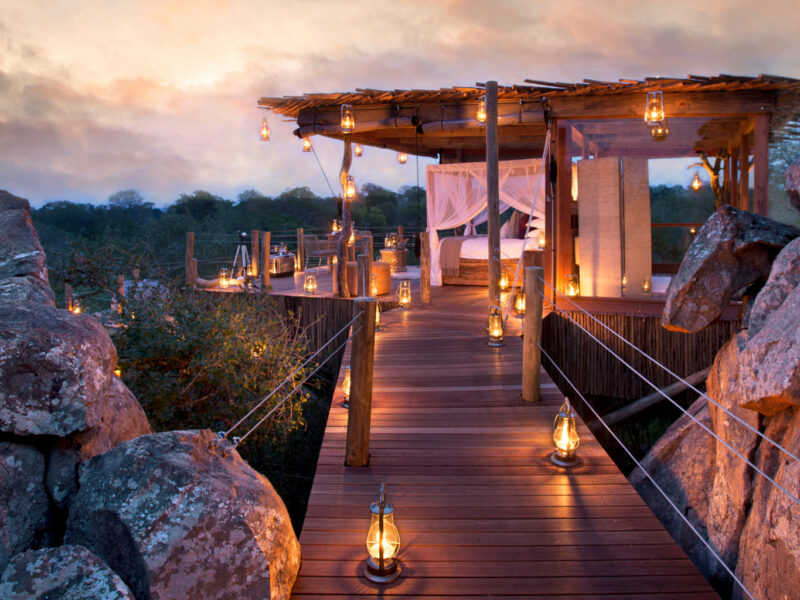Rubondo Island National Park
Rubondo Island, which is southwest of Lake Victoria, is a perfect location for those looking for an interesting range of safari pursuits in a pristine national park!
Travelers who are thinking about visiting Tanzania and are seeking for something a bit different from the well-known sights might check Rubondo Island N.P. Given its single camp, the island can provide somewhat unique opportunities. Though there is animal movement sufficient to satisfy any wildlife enthusiast, you will not find the classic Big Five species here! And one can combine a stay here with time in Tanzania’s more well-known safari locations.
Geography
Islands of Rubondo N.P. is in the southwest of Lake Victoria, the second biggest lake in Africa. Among the islands on the continent, the park is the biggest! Comprising eleven islands, it spans over 250 square kilometers generally and has a length of 26 km with breadth ranging from 3 to 10 km.
Histories
Until 1965, when 400 islanders were moved to the mainland and other islands, Rubondo was home to a fishing community. Their previous home was designated a game reserve. Professor Bernhard Grzimek (of Yellow Zebra notoriety!) plans to bring a plethora of species to the island over the next four years. In 1977 Rubondo became a national park. Now, people seldom live here at all.
The species found on Rubondo Island National Park
Among Bernhard Grzimek’s 1966–1969 animal arrivals were sixteen chimpanzees, all taken from European zoos and circuses after rescue. Since their release among the vines and trees, the chimps have been contentedly procreating and truly welcomed their newfound freedom. Beautiful equatorial forest covers almost seventy-five percent of the island. There are around thirty chimps living here today, and a chimpanzee habituation program started in 2013.
Other species brought to Rubondo include elephant, giraffe, black rhino, black-and- white colobus monkey, roan and suni antelopes, and 37 grey parrots traded illegally. Sadly, the rhinos were poached to extinction and the roan antelopes did not flourish for some unexplained reason. But in addition to the newcomers—bushbuck, sitatunga, civet, genet, spot-necked otter, hippopotamus, Nile crocodile, serrated hinged terrapin, an amazing range of butterflies, and over 300 types of bird including marabou stork, pied kingfisher—there is plenty of indigenous wildlife here as well!
Activities in Rubondo Island
Program of habituation for chimpanzees: Travelers fifteen years of age and above can participate in chimp treks part of the chimpanzee habituation program. Although the numbers of the furry friends related to the size of the island make guarantees impossible, every trip offers fascinating chances to view plenty of other species.
Rube Island From an hour-long walk to a multi-day trip, forest hikes can range in length; the latter can involve staying in a well-equipped treehouse or lakefront fly camp!
Boating safaris: Boat excursions are also available; catch-and-release fishing can be had from a boat from the shores of Lake Victoria, from Rubondo Island Camp, or from both. We also urge birding.
Children’s activities are great; they involve guided outdoor rambles and animal tracking.
Years or times of year to travel
Every year the camp closes from 1st April to 31st May, hence the island cannot be visited in April or May. Generally speaking, this is a more pleasant time to come weather-wise; when the camp reopens in June, it is dry season until October. Still, the green season provides benefits, chief among them the rise in bird populations brought on by the migration of immigrant species! From December to February is when birding is most excellent.
Leading travel advice
This facility is fit for most kinds of travellers since the guest accommodation at Rubondo Island Camp consists of a family cabin and a suite for honeymooners. For further details, kindly review our camp description and by all means get in touch with a member of our safari trip consultants to discuss holidaying on this dream island!
